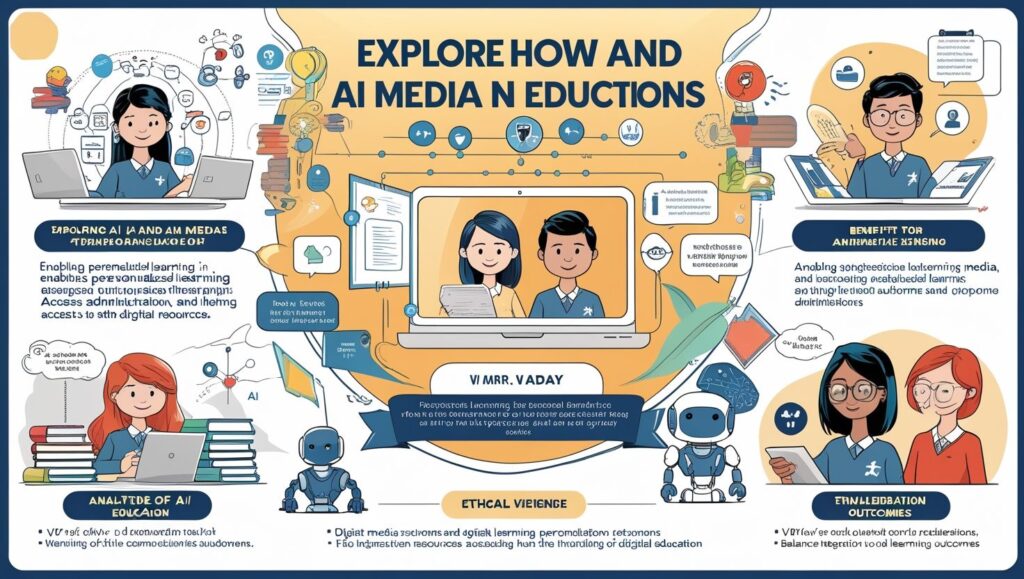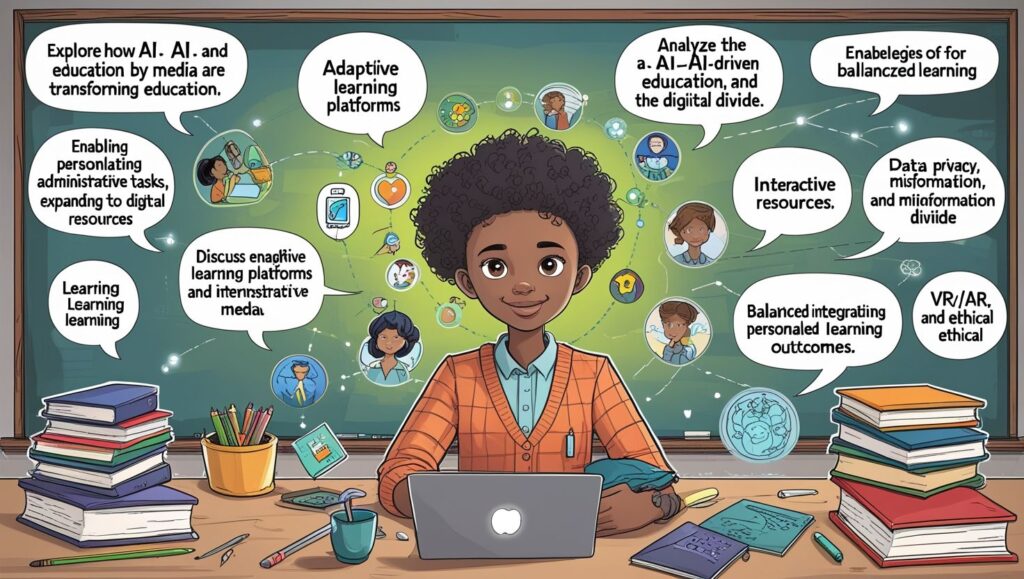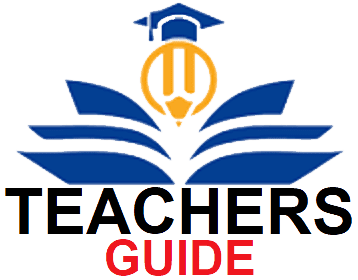Introduction
The Impact of AI and Media on Education, Artificial Intelligence (AI) and media have revolutionized education by introducing innovative learning methods. AI refers to machines performing tasks that typically require human intelligence, such as problem-solving and decision-making. Media, including digital platforms, videos, and social networks, enhances content delivery. Together, they personalize learning, making it more interactive and accessible.
AI-powered tools like chatbots and virtual tutors provide instant assistance, reducing dependency on human instructors. Media platforms like YouTube and MOOCs (Massive Open Online Courses) offer vast educational resources, breaking geographical barriers. These technologies cater to diverse learning styles, improving engagement and retention.
However, challenges like data privacy, misinformation, and digital divide persist. While AI optimizes administrative tasks, ethical concerns arise regarding bias in algorithms. Media, though beneficial, can also distract students if not used responsibly.
The integration of AI and media in education is inevitable, transforming traditional classrooms into dynamic, tech-driven environments. This article explores their benefits, challenges, and future implications, emphasizing the need for balanced implementation to maximize educational outcomes.
AI-Powered Personalized Learning
AI enables personalized learning by analyzing student data to customize educational content. Adaptive learning platforms like Khan Academy and Duolingo adjust difficulty levels based on individual progress, ensuring optimal learning experiences.
Machine learning algorithms identify knowledge gaps, recommending tailored resources. For instance, AI-driven tutors provide real-time feedback, helping students grasp complex concepts efficiently. Such personalization enhances engagement and academic performance.
Moreover, AI supports students with disabilities through speech recognition and text-to-speech tools, promoting inclusivity. Virtual assistants like Siri and Alexa facilitate hands-free learning, aiding multitasking.
Despite advantages, concerns include over-reliance on technology, reducing human interaction. Additionally, biased algorithms may reinforce inequalities if not properly monitored.
Educational institutions must integrate AI ethically, ensuring transparency and fairness. By combining AI with traditional teaching, educators can create a balanced, student-centric approach, fostering lifelong learning.

Media as an Educational Tool
Media has transformed education by making learning interactive and accessible. Platforms like YouTube, TED Talks, and educational podcasts provide visual and auditory learning experiences, catering to different preferences.
Social media fosters collaborative learning through discussion forums and study groups. Teachers use platforms like Google Classroom and Zoom to conduct virtual classes, ensuring continuity during disruptions like pandemics.
Digital storytelling and gamification enhance engagement, making complex topics easier to understand. However, excessive screen time and misinformation are significant drawbacks. Students must develop media literacy to discern credible sources.
Educators should incorporate media responsibly, blending it with traditional methods for a holistic approach. By leveraging media’s strengths, education becomes more dynamic and inclusive.
AI in Administrative and Grading Systems
AI streamlines administrative tasks, reducing workload for educators. Automated attendance systems, scheduling tools, and plagiarism detectors enhance efficiency.
AI-powered grading systems assess assignments objectively, providing instant feedback. Tools like Turnitin detect plagiarism, maintaining academic integrity. However, over-automation may overlook nuanced student responses.
Balancing AI with human judgment ensures fairness. Institutions must train staff to use AI tools effectively, optimizing productivity without compromising quality.

Challenges of AI and Media in Education
Despite benefits, AI and media pose challenges like data privacy risks, algorithmic bias, and digital addiction. The digital divide exacerbates inequalities, as not all students have access to technology.
Misinformation on media platforms can mislead learners. Ethical AI use and media literacy programs are essential to mitigate risks. Policymakers must regulate AI and media integration, ensuring equitable access and responsible usage.
Future of AI and Media in Education
The future of education lies in AI-driven immersive technologies like VR and AR, offering experiential learning. AI will further personalize education, while media will continue expanding access to knowledge.
Collaboration between educators, technologists, and policymakers is crucial to harness these tools effectively. By addressing ethical concerns and ensuring inclusivity, AI and media can redefine education for future generations.
Conclusion
AI and media have undeniably transformed education, offering personalized, accessible, and efficient learning solutions. While challenges exist, responsible integration can maximize benefits. The future promises even greater advancements, making education more adaptive and inclusive. Stakeholders must work together to ensure ethical and equitable implementation, shaping a brighter future for learners worldwide.


2xvbxm
cc3sju
Exactly what I was searching for, regards for putting up.
Everything is very open and very clear explanation of issues. was truly information. Your website is very useful. Thanks for sharing.
zov8n0
You have brought up a very great points, thankyou for the post.
You made some respectable factors there. I appeared on the internet for the problem and located most people will go together with along with your website.
Do you have a spam problem on this blog; I also am a blogger, and I was curious about your situation; we have created some nice procedures and we are looking to swap strategies with others, why not shoot me an email if interested.
Great work! This is the type of information that should be shared around the web. Shame on the search engines for not positioning this post higher! Come on over and visit my site . Thanks =)
I am no longer sure the place you are getting your information, however good topic. I must spend a while studying much more or understanding more. Thank you for excellent information I was searching for this info for my mission.
I would like to express some thanks to you for rescuing me from this type of predicament. Right after looking out throughout the the net and getting principles that were not beneficial, I assumed my entire life was over. Existing without the answers to the difficulties you’ve fixed through this posting is a critical case, as well as those which may have in a wrong way damaged my entire career if I hadn’t discovered your web page. That training and kindness in playing with a lot of things was excellent. I am not sure what I would’ve done if I had not encountered such a solution like this. I’m able to at this moment look forward to my future. Thanks so much for this high quality and effective help. I will not hesitate to suggest your web site to anyone who would need tips on this problem.
I am impressed with this internet site, real I am a fan.
I’d need to check with you here. Which isn’t one thing I often do! I enjoy reading a put up that will make people think. Also, thanks for allowing me to comment!
Just what I was searching for, regards for putting up.
Hello There. I found your blog the usage of msn. That is a very neatly written article. I will be sure to bookmark it and come back to read more of your helpful information. Thanks for the post. I’ll certainly return.